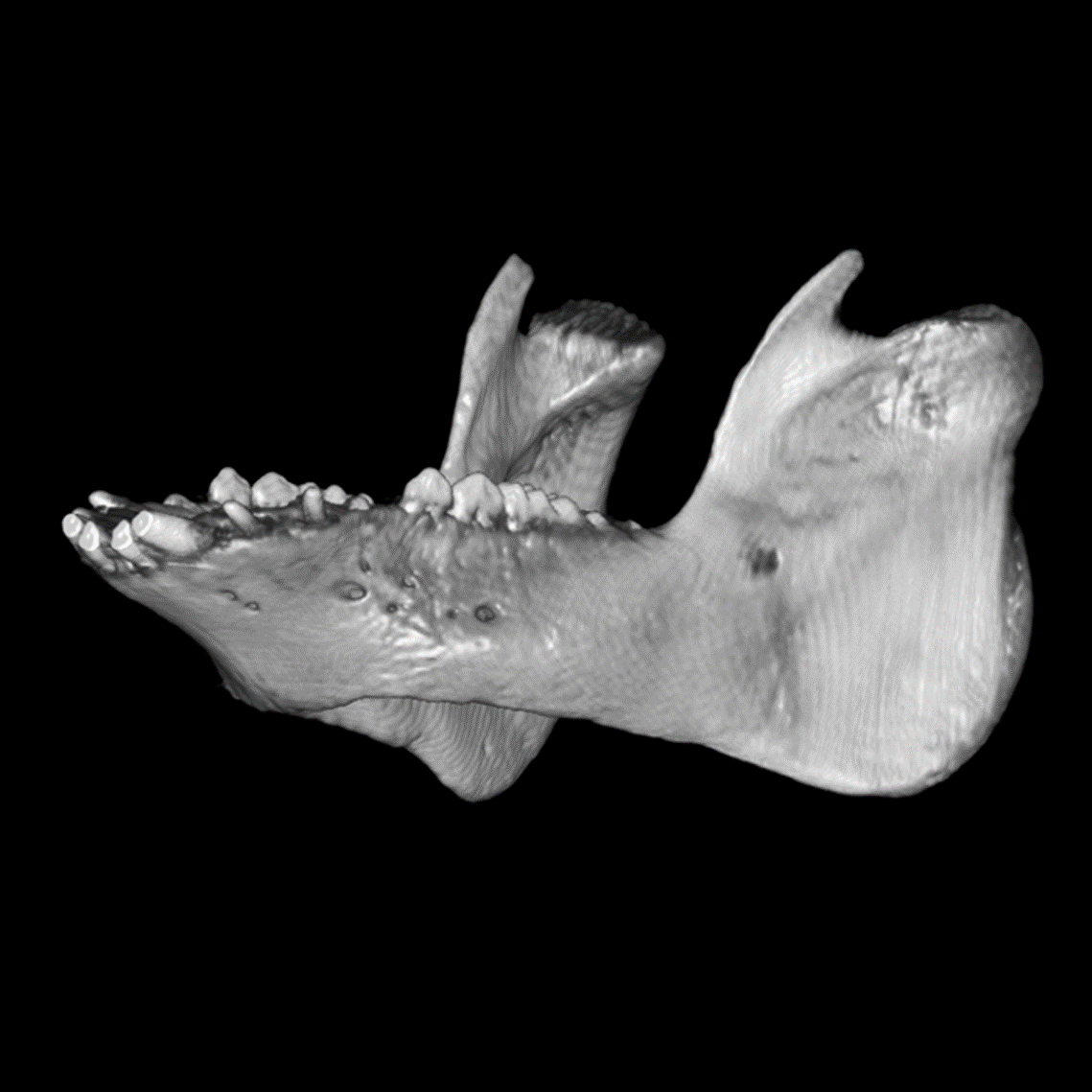Week of 15 June 2021

Porcine!
Swine are omnivores and their mandibles are elongate and large. The pig has four types of teeth: incisors, canines, premolars, and molars. Numerous tubercles make the occlusal surface of the molars irregular and ideal for crushing food. In boars, the canine teeth are long and curved, and they grow continuously throughout life. The lower tusks are kept sharp by friction against the upper ones, making them formidable weapons.
The porcine is a valuable model for dental research because of its similarities to the human oral and maxillofacial region with respect to anatomy, development, physiology and disease occurrence.
Biomaterials must be evaluated for biocompatibility. Therefore, pathology evaluation is an essential component of medical device preclinical evaluation. Materials used in dental medicine are no exception. As with all medical device development, conducting histological assessments of biomaterials in non-GLP studies during the R&D stage can help ensure that formal regulatory, GLP-compliant studies will be designed for success. This will help avoid late surprises that could require repeating studies and unnecessarily expending valuable resources and time.
Contact us to learn more and discuss your preclinical research and pathology needs.
Follow us on LinkedIn and don’t miss new images from our library that we post every Tuesday, when you’ll have another chance to recognize, identify or diagnose what is shown. You can also stay updated on some of the latest developments in Preclinical Science. Stay tuned!


